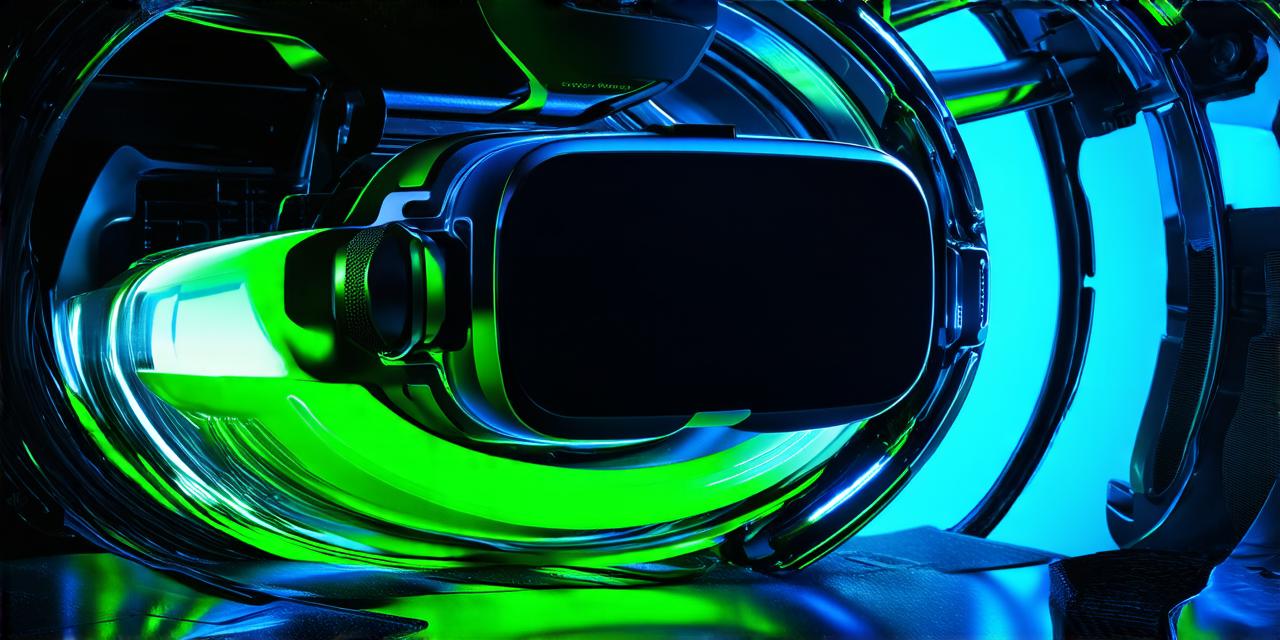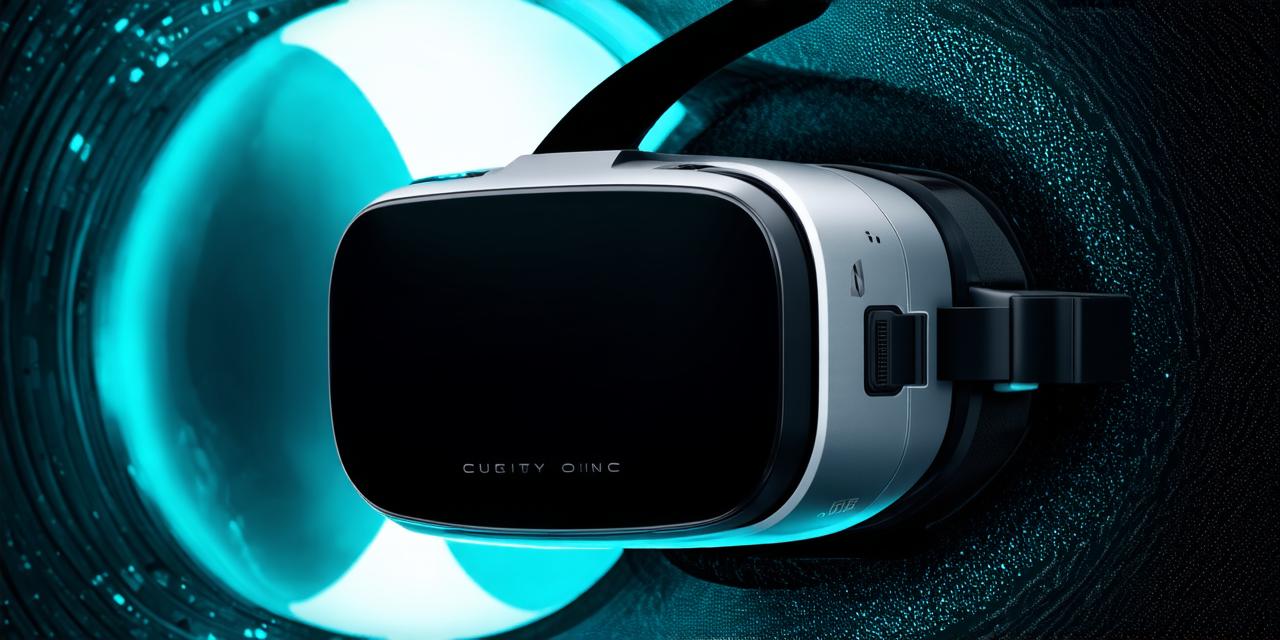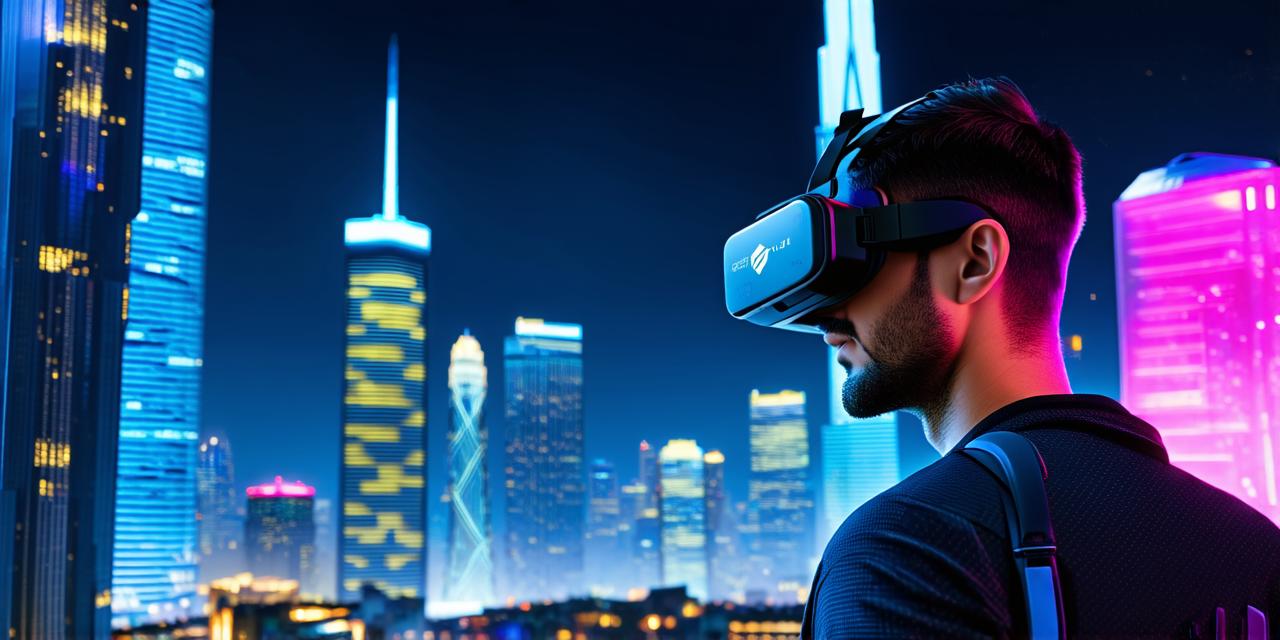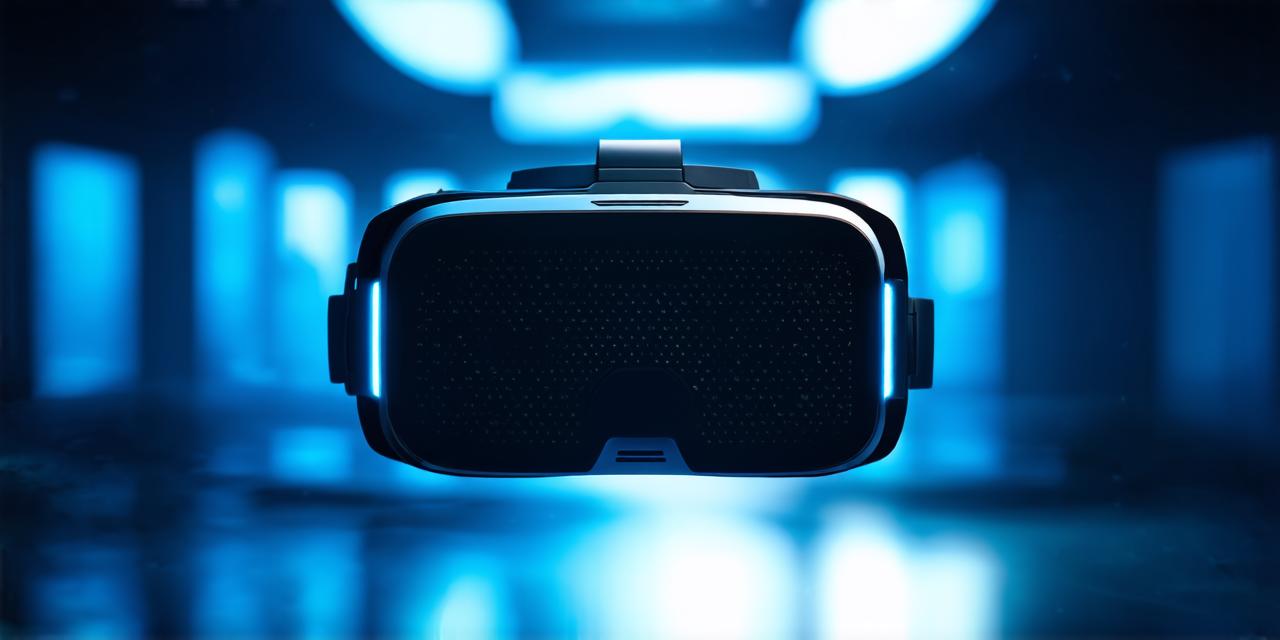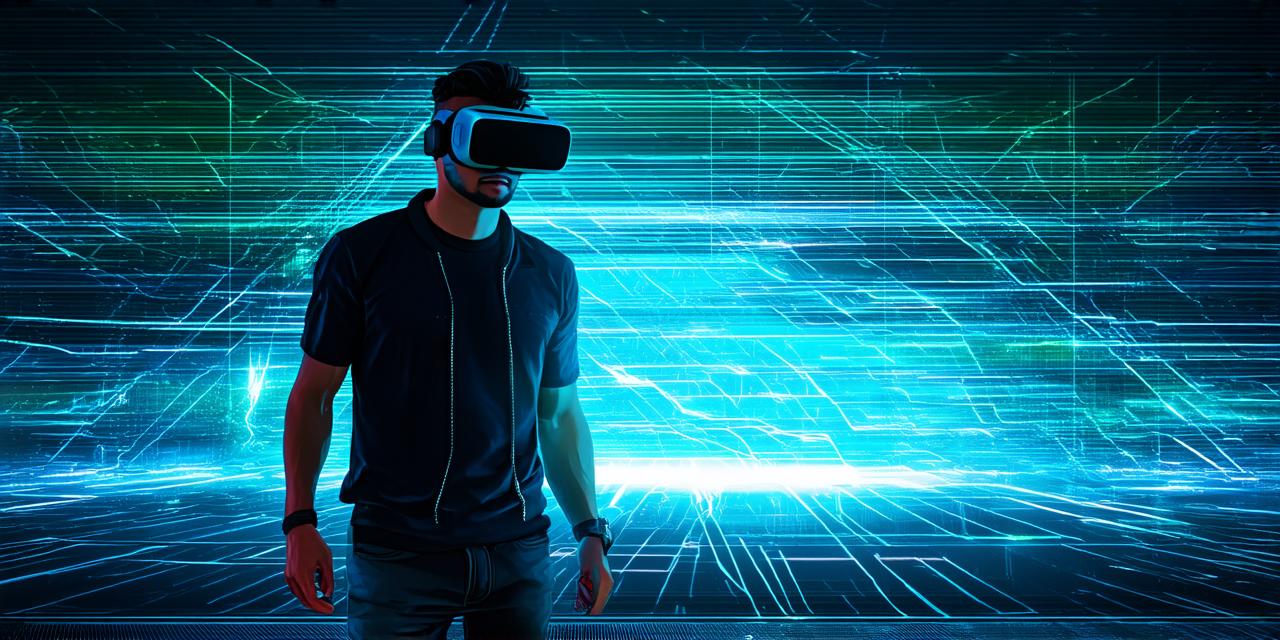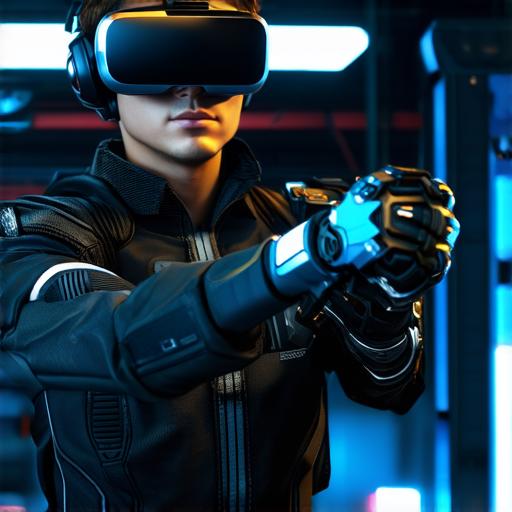
As augmented reality (AR) technology continues to evolve, virtual reality (VR) programs are becoming increasingly popular. VR allows users to immerse themselves in a digital world and interact with it as if they were in the real world.
1. Define the Purpose of Your VR Program
The first step in developing a VR program is to define its purpose. What do you want your users to achieve through this experience? Do you want them to learn something new, explore a virtual world, or simply have fun? Defining the purpose of your VR program will help guide your development process and ensure that your final product meets the needs of your target audience.
2. Choose Your VR Development Platform
There are several VR development platforms available, including Unity, Unreal Engine, and A-Frame. Each platform has its own strengths and weaknesses, so it’s important to choose one that aligns with your project goals and experience level. For example, Unity is a popular choice for beginners, while Unreal Engine is more advanced and offers more advanced features.
3. Design Your VR Environment
The next step in developing a VR program is to design your virtual environment. This includes creating the 3D models of objects and characters that will populate the space, as well as designing the layout of the environment itself. It’s important to keep in mind that VR users can become disoriented if the environment is not designed with their needs in mind, so it’s important to create a clear and intuitive layout that makes sense in the virtual world.
4. Create Interactions for Your VR Program
Interactions are an essential part of any VR program. They allow users to interact with objects and characters within the virtual environment, adding depth and immersion to the experience. There are several ways to create interactions, including scripting and using motion capture technology. It’s important to test your interactions thoroughly to ensure that they are intuitive and easy for users to understand.
5. Develop Audio and Visual Effects
Audio and visual effects can greatly enhance the overall experience of a VR program. This includes adding sound effects, music, and other audio elements to the environment, as well as incorporating visual effects such as particle systems and lighting effects. It’s important to keep in mind that audio and visual effects should be used sparingly, as too much can overwhelm the user and detract from the overall experience.
6. Test Your VR Program
Testing is an essential part of the development process for any program, but it’s particularly important for VR programs. This includes testing the program on different devices and platforms to ensure compatibility, as well as testing the program with real users to gather feedback and identify areas for improvement. It’s important to iterate on your design and development process until you have a final product that meets the needs of your target audience.
Case Study: Developing a VR Training Program for Healthcare Workers
One example of a successful VR program is the “Pulse Room” training program developed by healthcare technology company Sentrian. The Pulse Room program was designed to train healthcare workers on how to perform life-saving procedures such as CPR and defibrillation. By using VR, healthcare workers were able to practice these procedures in a safe and controlled environment, allowing them to feel more confident and prepared for real-life situations.
“Virtual reality is the future of training,” says Sentrian CEO Dr. Ben Symons. “By providing a realistic and immersive learning experience, VR programs like Pulse Room can help healthcare workers develop the skills they need to save lives.”
